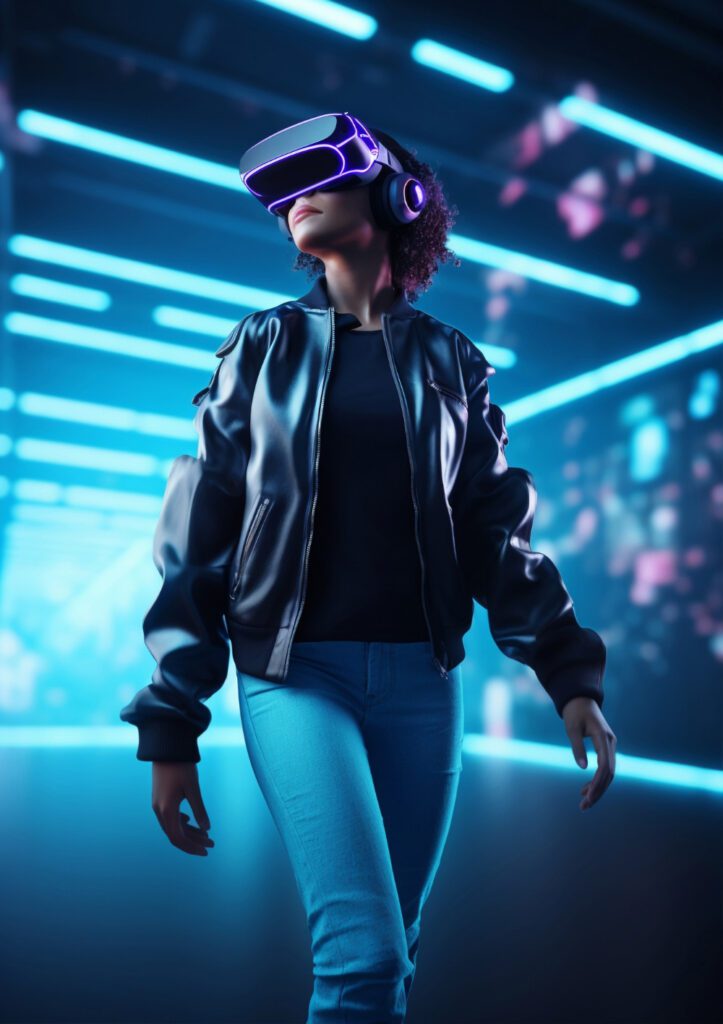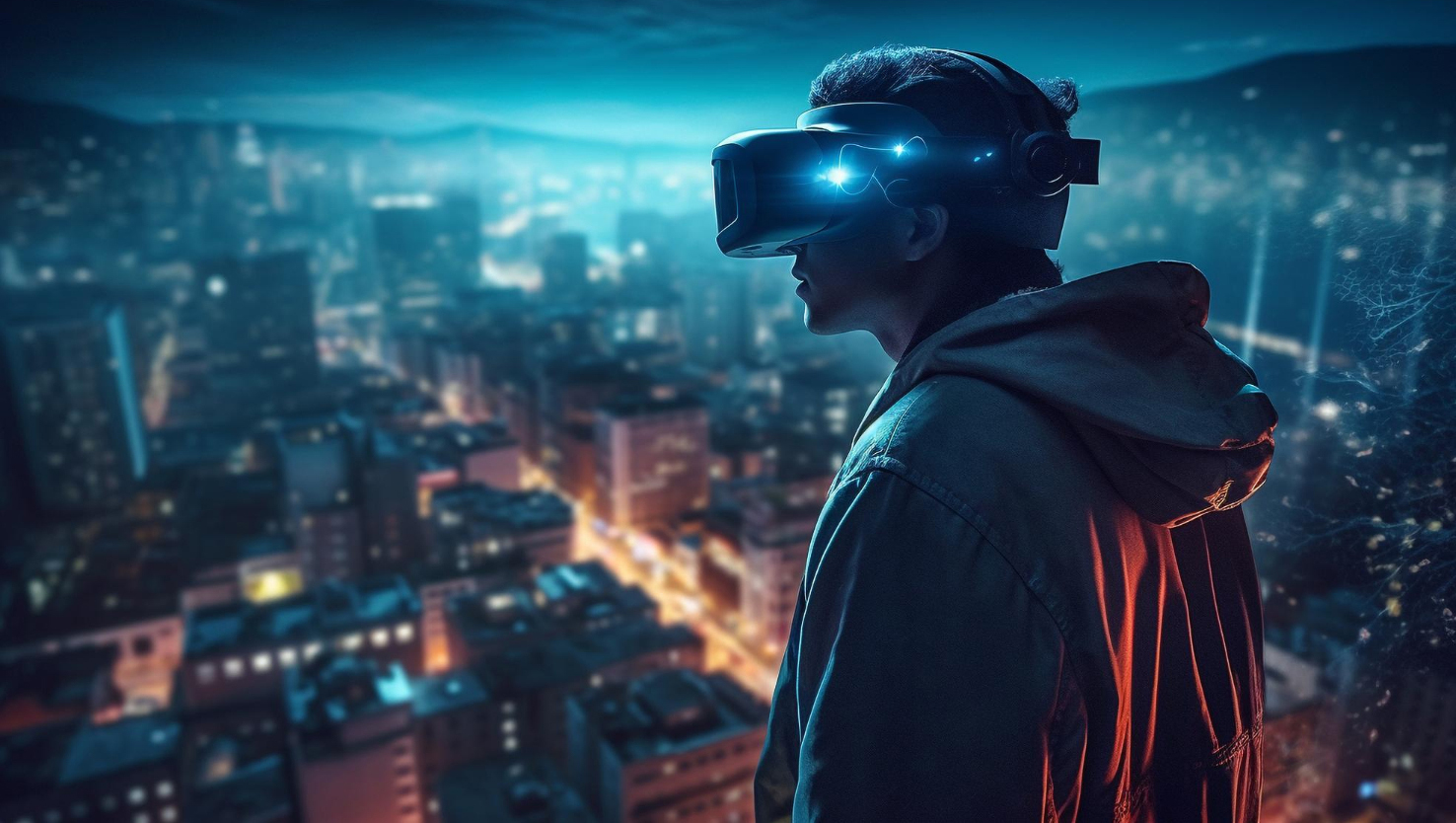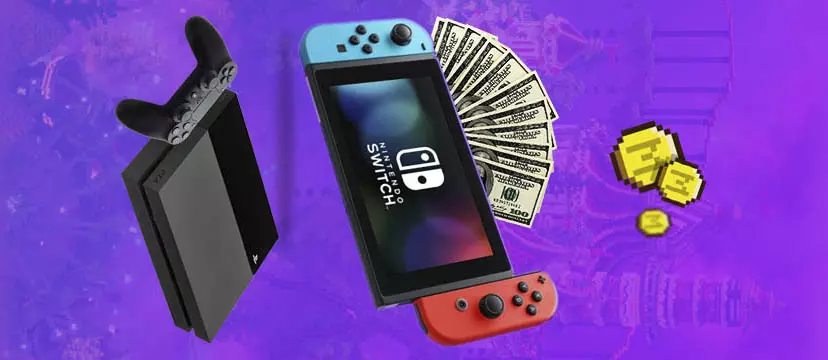So just Why are Leading Brands from around the globe looking at exploiting the Minecraft Metaverse in 2024?
Brands are increasingly interested in developing Minecraft Metaverse experiences in 2024 for several strategic reasons. This trend reflects broader shifts in marketing, technology, and consumer behaviour. Here’s why Minecraft remains a compelling platform for brands in 2024:
- Growing Interest in Virtual Worlds: As technology continues to evolve, there’s a growing interest in virtual and augmented reality experiences. Minecraft, with its established virtual environment and creative flexibility, offers a ready-made platform for brands to create engaging virtual worlds without the need to develop new infrastructure from scratch.
- Digital Natives and Gaming Culture: The demographic of digital natives, those who have grown up with digital technology, is expanding. These individuals are comfortable with and often prefer, digital interactions. Minecraft is a staple in the gaming community, and its user base is deeply engaged and growing, making it an ideal channel for reaching younger consumers. The creation of useful Minecraft minigames in 2024 and beyond is another ingredient in staying up to date with the gaming sector.
- Brand Engagement and Storytelling: Minecraft provides a sandbox environment where brands can creatively tell their stories and build experiences that go beyond traditional advertising. Brands can construct interactive scenarios, puzzles, and challenges that are themed around their products or values, offering a more engaging way to connect with consumers.
- Educational Opportunities: Minecraft’s educational potential is significant. It’s already used in schools to teach subjects like mathematics, history, and computer programming. Brands can tap into this aspect by creating educational content that aligns with their corporate social responsibility strategies, enhancing their brand image.
- Community Building and User-Generated Content: Minecraft’s community is highly collaborative, with users often creating content that others can explore. Brands can harness this aspect by encouraging and facilitating user-generated content related to their brand, fostering a sense of community and brand loyalty.
- Sustainability and Virtual Trials: As sustainability becomes more crucial, virtual environments like Minecraft allow brands to showcase and test new ideas with minimal environmental impact. For instance, architects and planners can use Minecraft to model new designs or city layouts, which can be explored and evaluated by the public before any real-world implementation. A great example is the Burberry Minecraft Metaverse expansion, ensuring they take the brand deeper into the gaming sector.
- Adaptation to Market Trends: The virtual goods market is expanding, with digital purchases becoming a significant part of consumer spending. Minecraft offers an avenue for brands to explore virtual goods and services, tapping into new revenue streams.
Gucci are another well-known brand who are embracing the Metaverse technology. A great example is the Gucci Town On Roblox offering a great meta experience for their customers. The game itself can be played on the Official Roblox Gucci Town page here.
Team Visionary – Providing Bespoke Minecraft Metaverse Solutions for Leading Brands.
We are an elite group of Minecraft developers specializing in creating custom Minecraft experiences, focusing on developing bespoke Metaverse solutions for leading brands like Google and Atlassian by leveraging our technical expertise, creativity, and understanding of both the platform and our client’s branding needs. We use Google and Atlassian as examples are we have worked closely with both of them and many others, developing Metaverse solutions in Minecraft. From creating Minecraft skin makers to developing the latest Minecraft Building tips, our team are visionaries in this sector.
Here’s a breakdown of how such a development process typically unfolds:
- Initial Consultation and Concept Development:
- Understanding Brand Goals: Team Visionary starts by understanding the specific goals and needs of the brand. For example, Google might be interested in promoting its technological products in an educational context, while Atlassian may want to focus on team collaboration.
- Concept Ideation: They brainstorm and propose various creative concepts that align with the brand’s identity and the objectives of the campaign.
- Design and Planning:
- Detailed Planning: Once a concept is approved, detailed planning begins. This includes storyboarding the user experience, planning the game mechanics, and outlining the educational or promotional content.
- Architecture and Design: They create detailed designs of the virtual environments, structures, and interactions that will be part of the Minecraft world.
- Technical Development:
- Custom Coding: Depending on the requirements, Team Visionary may need to develop custom plugins or scripts to enhance the default Minecraft functionalities to suit specific brand activities or interactions.
- World Building: Utilizing Minecraft’s building blocks, the team constructs the environments, which could range from simple structures to complex landscapes.
- Integration of Brand Elements:
- Branding: The development includes the integration of the brand’s logos, colours, and other identity elements into the Minecraft world to maintain brand consistency.
- Interactivity: Interactive elements such as puzzles, challenges, or quizzes related to the brand’s products or messages are integrated to engage users.
- Testing and Refinement:
- Quality Assurance: Before launch, the world undergoes rigorous testing to ensure that all elements work as intended and that the user experience is smooth and engaging.
- Feedback Incorporation: Based on testing feedback, necessary adjustments are made to optimize performance and user engagement.
- Launch and Community Engagement:
- Launch Events: The launch might be accompanied by events such as virtual tours, live streams, or community contests to generate excitement and attract users.
- Ongoing Management: After launch, Team Visionary may continue to manage and update the experience, fixing any issues and possibly adding new content to keep the community engaged.
- Analytics and Reporting:
- Performance Tracking: They implement tools to track user engagement, satisfaction, and interaction within the Minecraft world.
- Reporting Back to the Brand: Insights and analytics are provided to the brand to evaluate the success of the project and to plan future enhancements or campaigns.
By handling these aspects, Team Visionary helps brands like Google and Atlassian leverage Minecraft as a platform for innovative marketing, educational initiatives, and community building, thereby creating engaging and memorable experiences in the Metaverse.
What are the other Driving Forces for developing Minecraft Metaverses?
The interest in developing Minecraft Metaverse experiences in 2024 is driven by the platform’s ability to offer immersive, creative, and community-focused marketing opportunities. This aligns with current consumer preferences and technological trends, making it a strategic choice for brands aiming to stay at the forefront of digital engagement. Developing new resource packs for Minecraft is another element to implement into a Metaverse solution.
Brands considering developing a presence in the Metaverse, particularly in a platform like Minecraft, can benefit in several ways. Minecraft, one of the most popular games worldwide, offers a unique virtual environment for engaging marketing and brand experiences.

Key Minecraft Metaverse benefits for brands:
- Targeted Audience Reach: Minecraft has a vast and diverse user base that includes millions of active players across different age groups, primarily younger demographics. This provides brands a unique opportunity to reach a younger audience in an environment where they spend a significant amount of their leisure time.
- Engagement Through Immersion: Unlike traditional media, Minecraft allows brands to create immersive experiences that engage users more deeply. Brands can build interactive worlds or sponsor custom game modes that entertain while subtly integrating their products or messages.
- Community and Co-Creation: Minecraft is centred around community and creativity. Brands can leverage these aspects by encouraging user-generated content, community events, and collaborations that foster a strong community connection. This involvement can increase brand loyalty and awareness.
- Innovative Branding Opportunities: The virtual nature of Minecraft allows for innovative branding methods that are not possible in the real world. Brands can construct anything from virtual stores and products to entire themed worlds that tell their brand’s story in creative ways.
- Learning and Development: Brands can also use Minecraft as an educational tool by creating fun and interactive learning experiences related to their products or values. This educational approach can help in positioning the brand positively among consumers and stakeholders.
- Early Adoption of VR/AR Technologies: Engaging with platforms like Minecraft, which can integrate with VR (Virtual Reality) and AR (Augmented Reality), prepares brands for future technologies. It positions them as forward-thinking and technologically adept. We work with Minecraft Youtubers in the sector, to ensure we stay ahead of the curve with the latest developments.
- Data Collection and Insights: Interaction within these virtual worlds can provide valuable data on user behaviour, preferences, and feedback. This information can be instrumental in shaping future marketing strategies and product development.
Developing a presence in Minecraft can be a strategic move for brands looking to expand their digital footprint in an increasingly virtual future. It provides a platform for innovative marketing, deeper consumer engagement, and a pathway to embrace emerging technologies.




